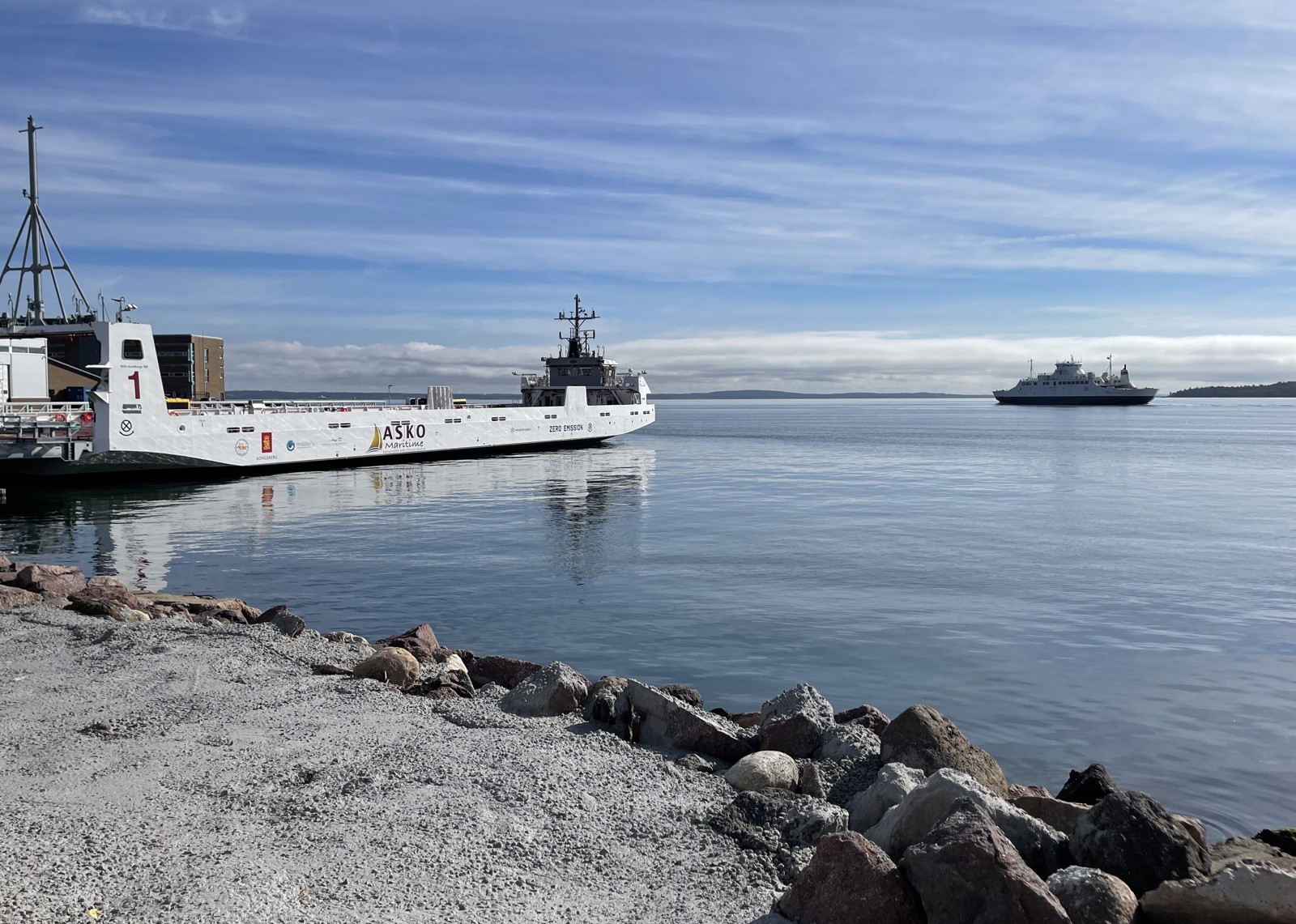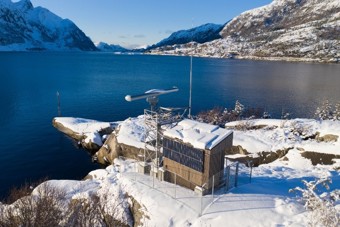Having a long-term perspective on where ships are and will be is incredibly useful, especially for shore-based operators, who need to know what the traffic picture will look like in the future, to plan ahead and avoid unwanted situations. Should a ship act in an unexpected way, for example, it might be a sign of problems that could lead to a collision or grounding. It could also be an indication of illegal activity. Either way, the system will flag the incident and alert the shore-based operator about deviations from the expected route. The operator can then assess the situation and decide on the best course of action.
Another use for route prediction is resource planning for congested traffic centres, such as ports, canals, and other narrow inland waterways. Too often ships sail at full speed to reach their destination as soon as possible yet are often forced to wait to get through areas with limited capacity. This practice, which wastes both time and fuel, can be avoided if ships know in advance the optimal route and speed at which to sail. A route prediction service can consider factors such as traffic (historical and real-time), bathometry, and sea and weather states to optimize the vessel’s voyage for a just-in-time arrival. Being able to determine the optimal speed and route is also highly relevant for autonomous vessels who will use pre-defined routes.




